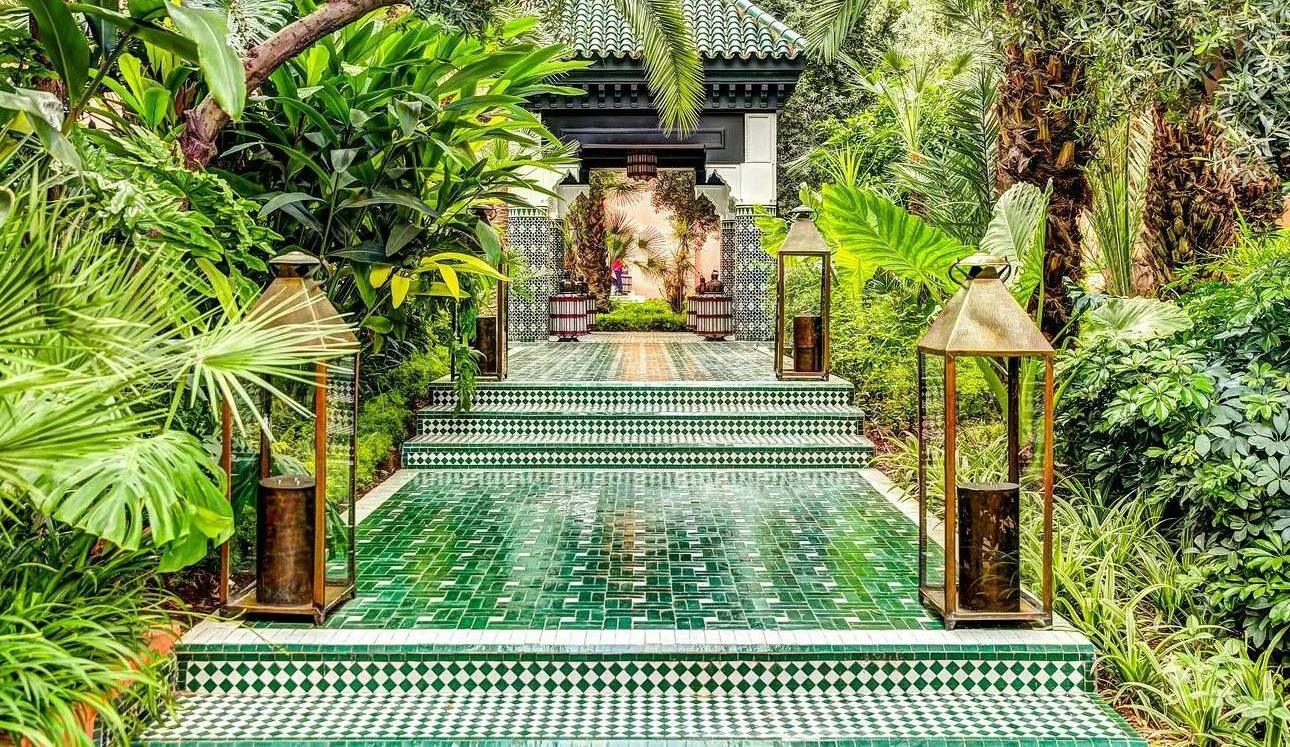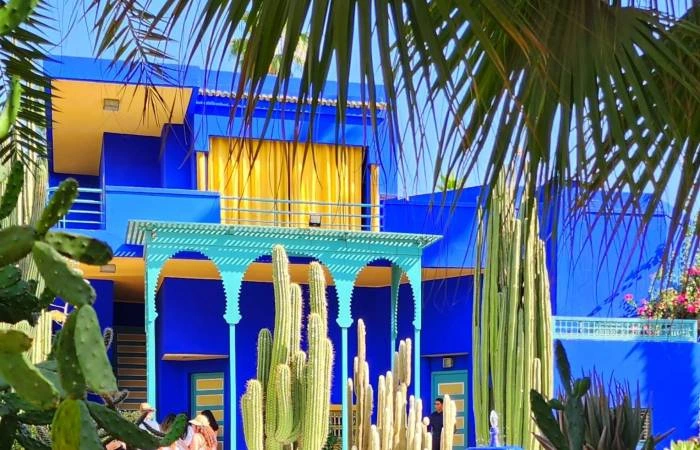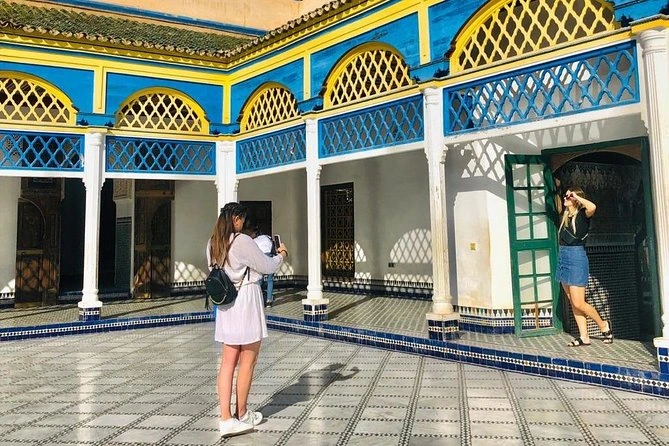
Gardens of Silence: The Sacred Green Spaces of Marrakech
In a city famed for its red walls, bustling souks, and sunlit dust, it may surprise the traveler to find moments of exquisite green — pockets of peace where time slows, birdsong echoes, and water glistens in still fountains. These are the gardens of Marrakech — not merely landscapes, but sanctuaries. And within them, the city's soul reveals its quieter self.
To understand Marrakech, one must first understand its gardens. For they are not ornament, but philosophy — a Moroccan expression of harmony between man, earth, and the divine.
The Iconic: Jardin Majorelle
At the heart of the city lies Jardin Majorelle, a name now spoken with reverence and fame. Conceived in the 1920s by French painter Jacques Majorelle, and later restored by fashion legends Yves Saint Laurent and Pierre Bergé, this garden is no ordinary patch of green. It is a living painting.
Cobalt blue — Majorelle blue — wraps the walls, fountains, and pathways in a dreamlike glow. Cacti stand like sculptures. Bamboo groves whisper in the wind. Water, always sacred in Moroccan design, winds through channels in quiet devotion.
But beyond its color, the garden speaks of art and exile, of creation and restoration. Saint Laurent once said he found in Marrakech “the light I was longing for.” And one can feel that light here — filtered, gentle, infinite.
The Forgotten Beauty: Le Jardin Secret
The Ancient Soul: Menara Gardens
If Majorelle is the muse and Le Jardin Secret the scholar, then the Menara Gardens are the grandmother — ancient, wide-armed, and wise. Dating back to the 12th century under the Almohad dynasty, this vast expanse is less about flowers and more about space, reflection, and scale.
A vast pool lies at its center, reflecting both the Atlas Mountains and the sky — sometimes so clearly it feels like standing between two worlds. Olive trees, gnarled and silver-leafed, stretch outwards for acres. And in the quiet, one hears the song of absence — the sound of a city taking a breath.
To walk here at sunset is to enter a poem you did not know you were writing.
The Community Spirit: The Agdal Gardens
Further south lies another UNESCO-listed marvel — the Agdal Gardens, whose name means “walled meadow.” Older than Menara, less visited than Majorelle, it sprawls over 400 hectares — a whisper of the city's agrarian past, when gardens were both spiritual sanctuaries and sources of sustenance.
Here, orchards of pomegranate, orange, fig, and olive are arranged with purpose, irrigated by a centuries-old hydraulic system. The Agdal is not ornamental. It is functional beauty, reminding us that in Moroccan tradition, nature is not separate from the sacred or the practical — it is woven into every breath.
Riad Courtyards: The Secret Gardens Within
Not all gardens are public. In fact, the most meaningful may be those one stumbles into — quite literally — by entering a riad. Behind thick walls, past unassuming doors, lies the traditional Moroccan courtyard garden: a square of green at the center of the home, anchored by a fountain or orange tree.
These are not grand, but they are perfect. Designed for peace, for privacy, and for shade, they embody the ancient Andalusian ideal of paradise on earth.
Why Marrakech Gardens Matter More Than Ever
In an era of speed, screen, and scarcity, the gardens of Marrakech offer not escape — but return. A return to rhythm. To balance. To humility. Whether cared for by kings, artists, or villagers, these spaces whisper the same truth: beauty must be cultivated, not consumed.
They remind us that life — like a garden — demands attention, patience, pruning, and light.





1 Comment
Quo aut quia nostrum. Neque esse adipisci nostrum numquam Sit et illo assumenda sunt sunt et autem. et et molestiae Quibusdam voluptatem exercitationem facere necessitatibus autem. eius et totam quisquam iusto. Rerum repellat reiciendis ab Accusamus numquam consequuntur ut qui sit nesciunt ut. et suscipit eum odit. Incidunt hic enim deserunt soluta.